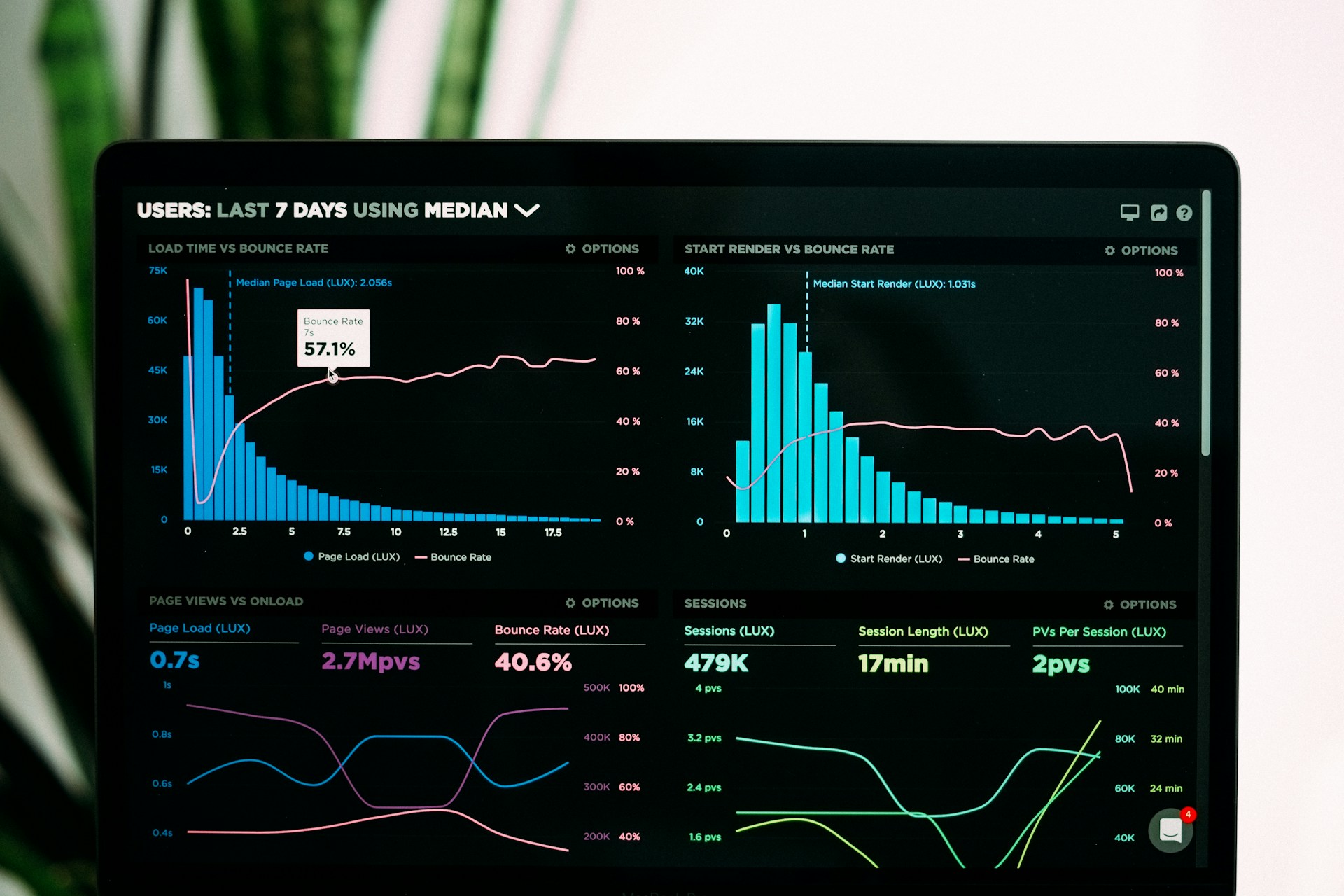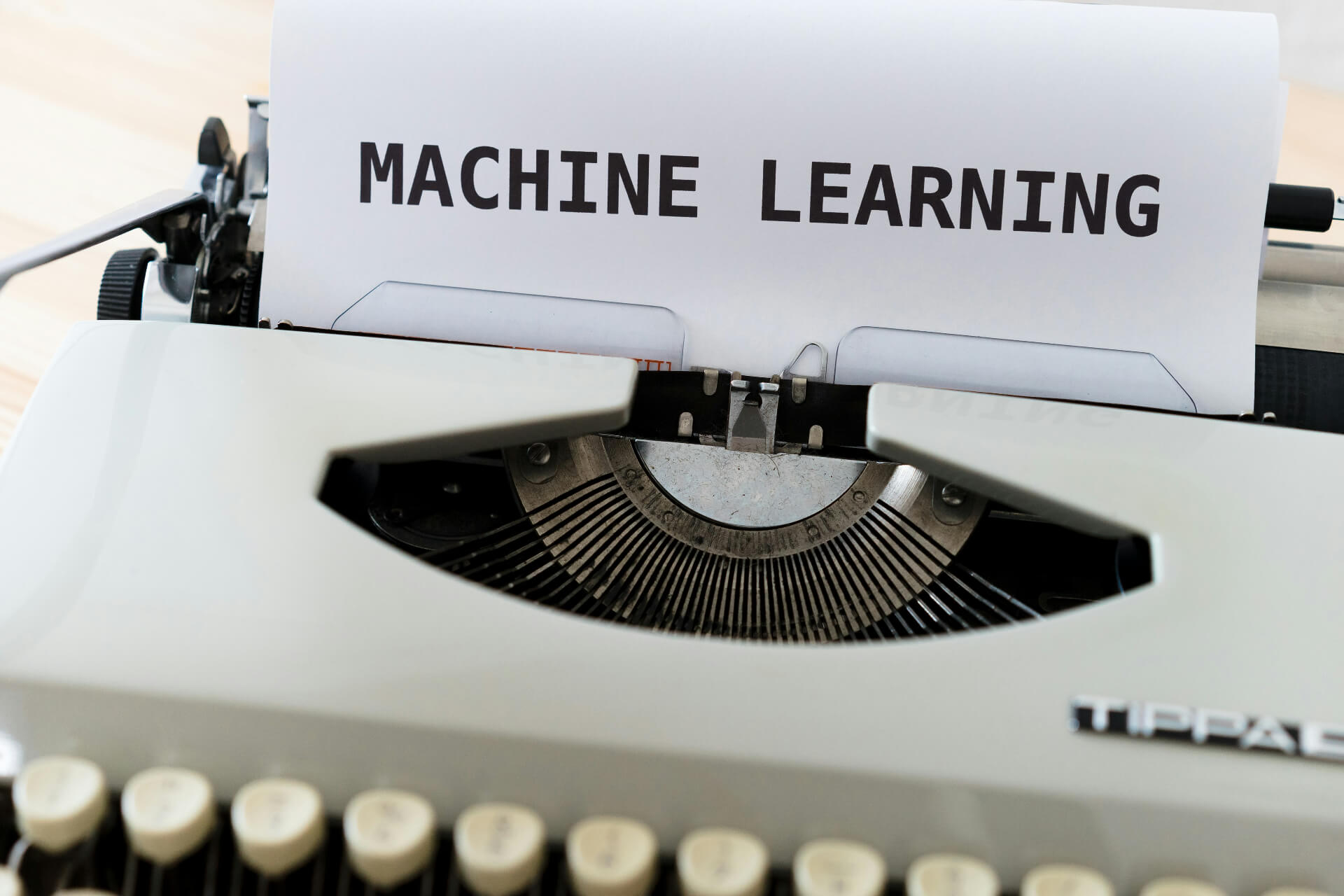
What Is Natural Language Generation?
September 29, 2022 - Emily Newton
Revolutionized is reader-supported. When you buy through links on our site, we may earn an affiliate commission. Learn more here.
Artificial intelligence (AI) has reached impressive heights. As this technology advances, its capabilities expand, opening the door for more helpful use cases for businesses and individuals alike. One of the most practical is natural language generation (NLG).
While NLG may not be an immediately recognizable term for many people, it’s already all around us. It’s also rapidly advancing, so businesses have likely just scratched the surface of what it can do. Here’s a closer look at this technology, how it works and how it can help people today and in the future.
What Is Natural Language Generation?
Natural language generation is the process of using AI to produce natural, coherent human language. To put it another way, it’s the subset of AI that teaches computers how to talk to people. If you’ve spoken with a chatbot or used an AI translation service, you’ve seen NLG in action.
One of the earliest and most famous examples of NLG is the Eliza bot developed in the 1960s. Eliza was the world’s first chatbot and used keywords in users’ inputs to form responses, often as questions. While Eliza didn’t understand what people were telling it, it could form coherent, grammatically correct sentences, mimicking human conversation.
Since then, NLG has become far more sophisticated and serves a much wider variety of applications. Today, it’s an increasingly crucial part of machine-human interaction.
NLG vs. NLP
It’s important to distinguish between natural language generation and a similar technology: natural language processing (NLP). While the two are closely related, they’re not interchangeable.
NLP is the process of computers making sense of human language, while NLG works in reverse: it produces language that makes sense to humans. Whereas NLP focuses on the input of language, NLG focuses on the output.
NLG is technically a subset of NLP. It works alongside natural language understanding (NLU), which interprets meaning from text, to enable the human-machine communication people think of when they hear “NLP.” However, NLG can exist apart from NLU. While these concepts often go hand-in-hand, computers can generate text without understanding it, as the Eliza chatbot demonstrates.
How Does Natural Language Generation Work?
Early natural language generation models like Eliza used templates. They would take a library of pre-written responses and would change parts of them based on the conversational context. Today, NLG models typically follow a six-stage process involving:
- Content analysis
- Data interpretation
- Document structuring
- Sentence aggregation
- Grammar structuring
- Language presentation
In the first stage, NLG models determine the scope of their content, identifying what information their output should contain. Then, they analyze data, often recognizing patterns, to gain that information. Once they’ve gleaned all the content they need, they choose an appropriate narrative structure.
The fourth stage, sentence aggregation, involves combining words, phrases and sentences to present the information accurately. They then apply grammar and style rules to these sentences, putting it all together to, ideally, sound like a natural human response.
NLG Use Cases
Natural language generation has many helpful use cases, chatbots being one of the most familiar. Chatbots have also delivered some of the most impressive real-world results. By using these bots to automate customer service workflows, some companies have seen a 70% reduction in call, email and chat inquiries.
Automated translation tools are another example of NLG. These models use NLG and NLU together to glean the meaning of an original text and then produce the same meaning in another language.
Some companies use NLG models to personalize marketing materials. These NLG tools determine which words will resonate most with different audiences and customize emails or other marketing messages to improve targeted marketing. This higher level of personalization helps improve audience engagement and marketing efficacy.
NLG can also produce original written content like blog posts or articles. While many of these tools still lack common sense, which can give the illusion away, they can produce convincing, natural-sounding content. As technology advances, text from these bots could be indistinguishable from human-authored content.
Natural Language Generation Is a Helpful Technology
Natural language generation is already in use across various industries and workflows. While it may not be the most recognizable term in AI, it powers some of the most common AI applications.
Like many AI segments, NLG still has plenty of room for improvement. As these models train on larger, more diverse data sets and AI technologies advance, their use cases will only grow.
Revolutionized is reader-supported. When you buy through links on our site, we may earn an affiliate commission. Learn more here.
Author
Emily Newton
Emily Newton is a technology and industrial journalist and the Editor in Chief of Revolutionized. She manages the sites publishing schedule, SEO optimization and content strategy. Emily enjoys writing and researching articles about how technology is changing every industry. When she isn't working, Emily enjoys playing video games or curling up with a good book.







